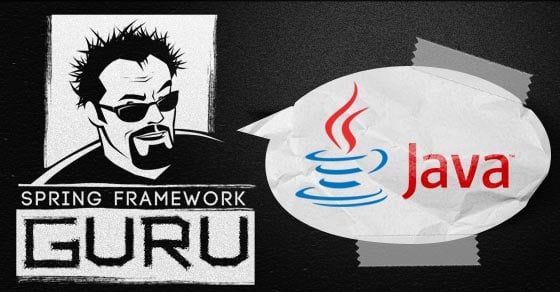MySQL Stored Procedures with Spring Boot
In Relational Database Management Systems (RDBMS), a stored procedure is a batch of prepared SQL code grouped as a logical unit that you store in the database. Stored procedures allow reusability of SQL code. In this post, I will explain how to call MySQL stored procedures from a Spring Boot application. Dependency For the application […]Continue reading









